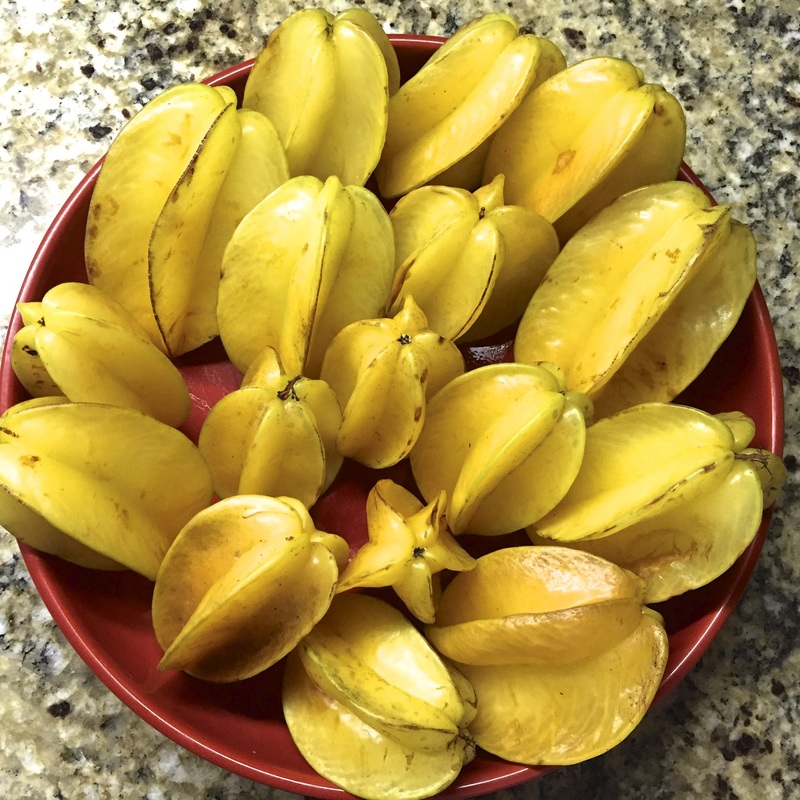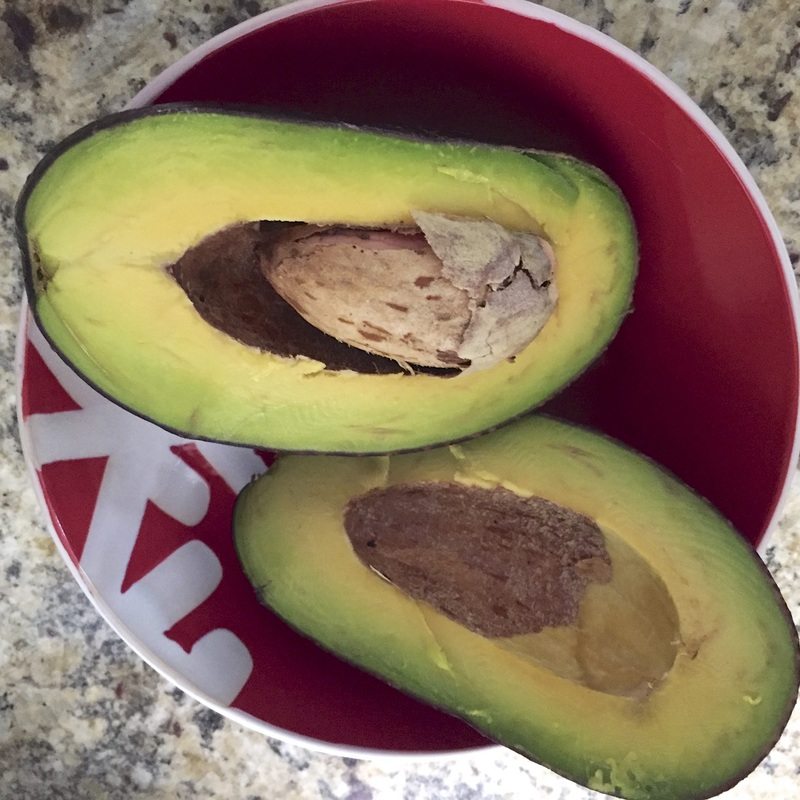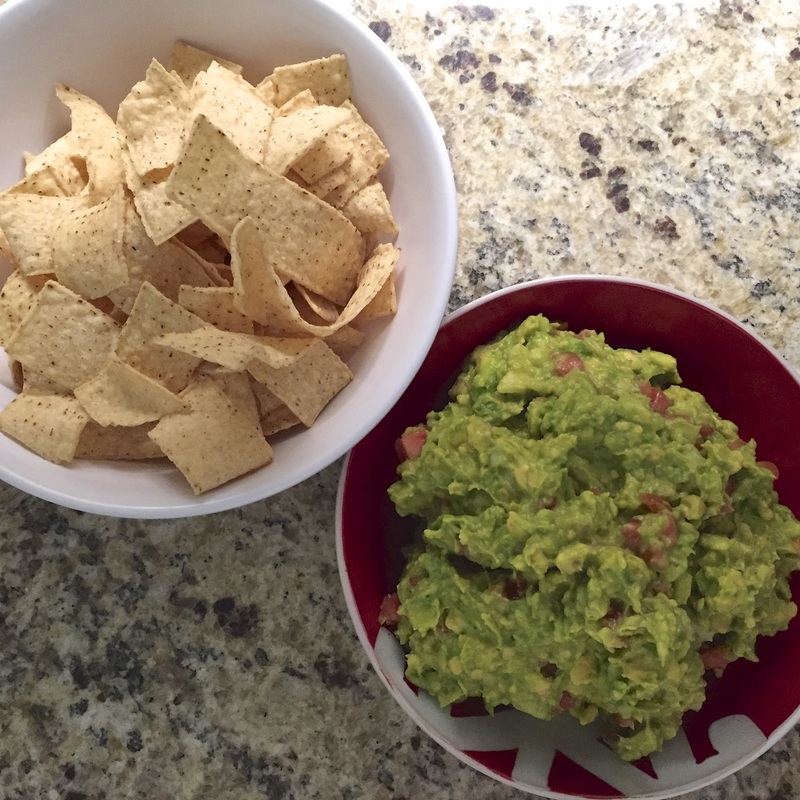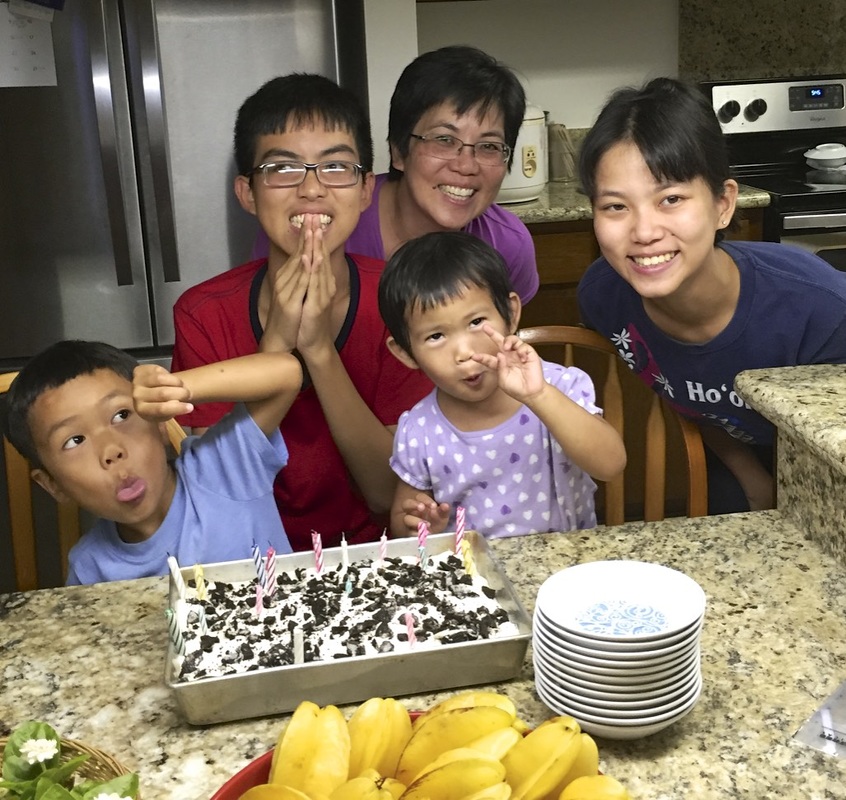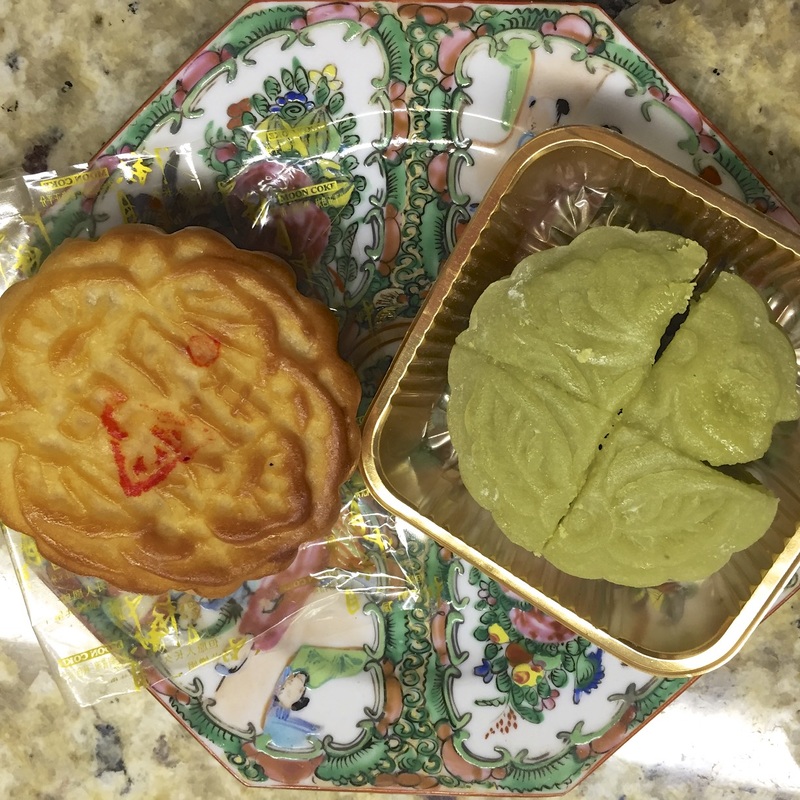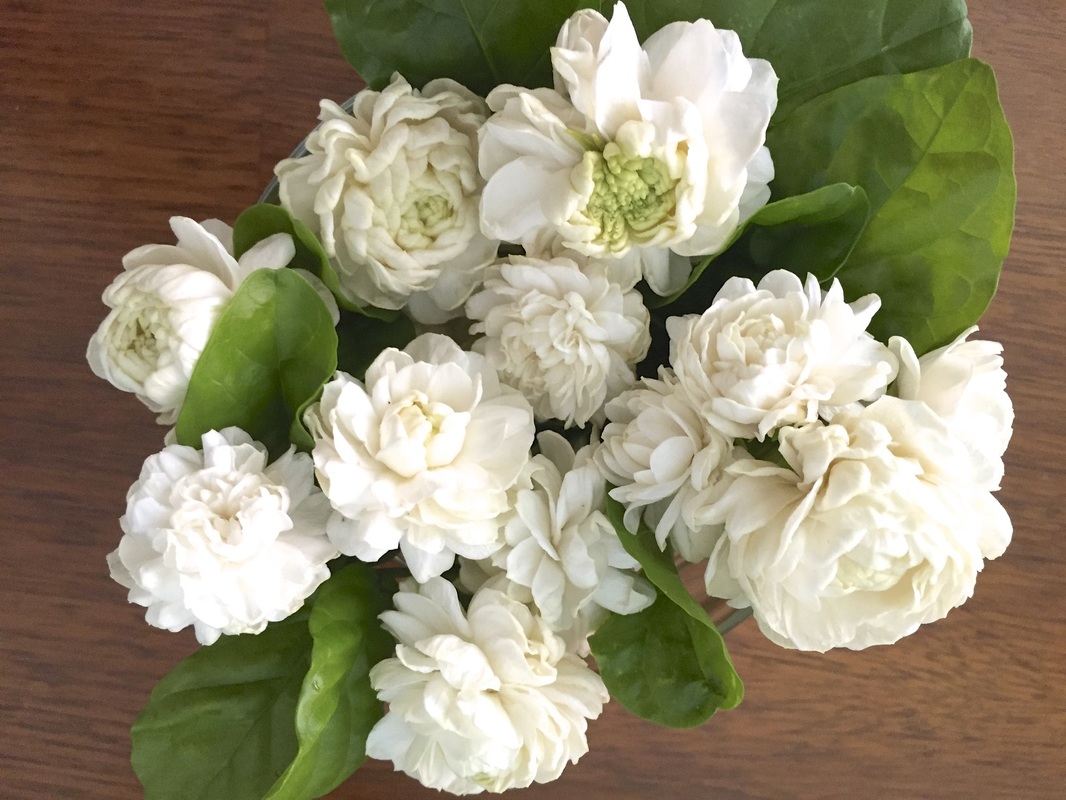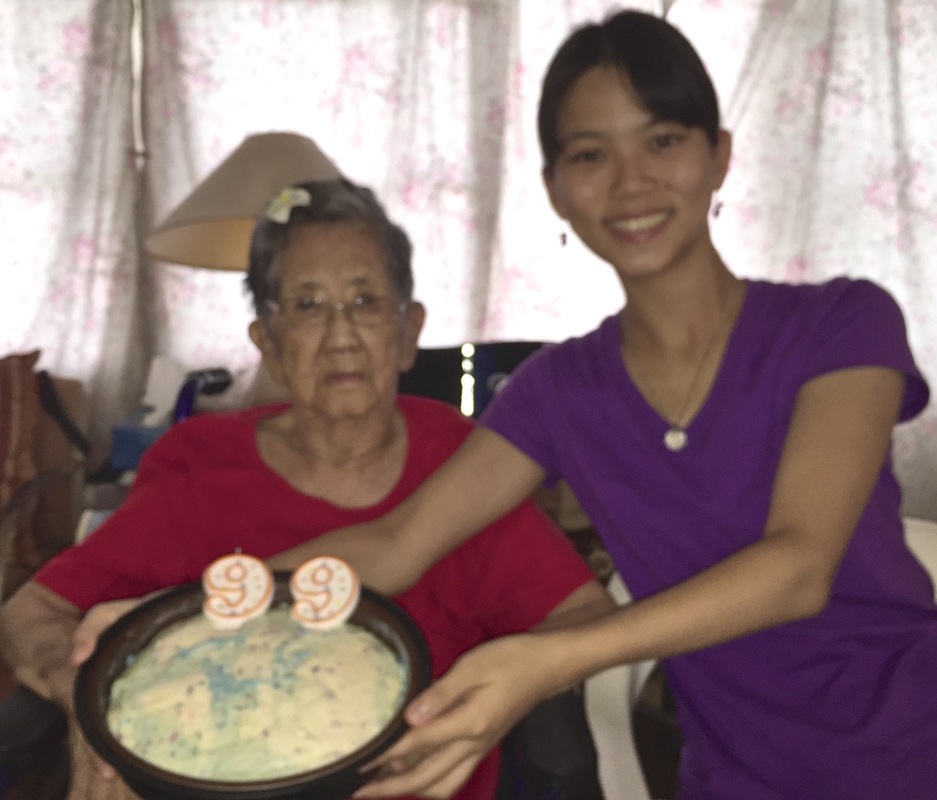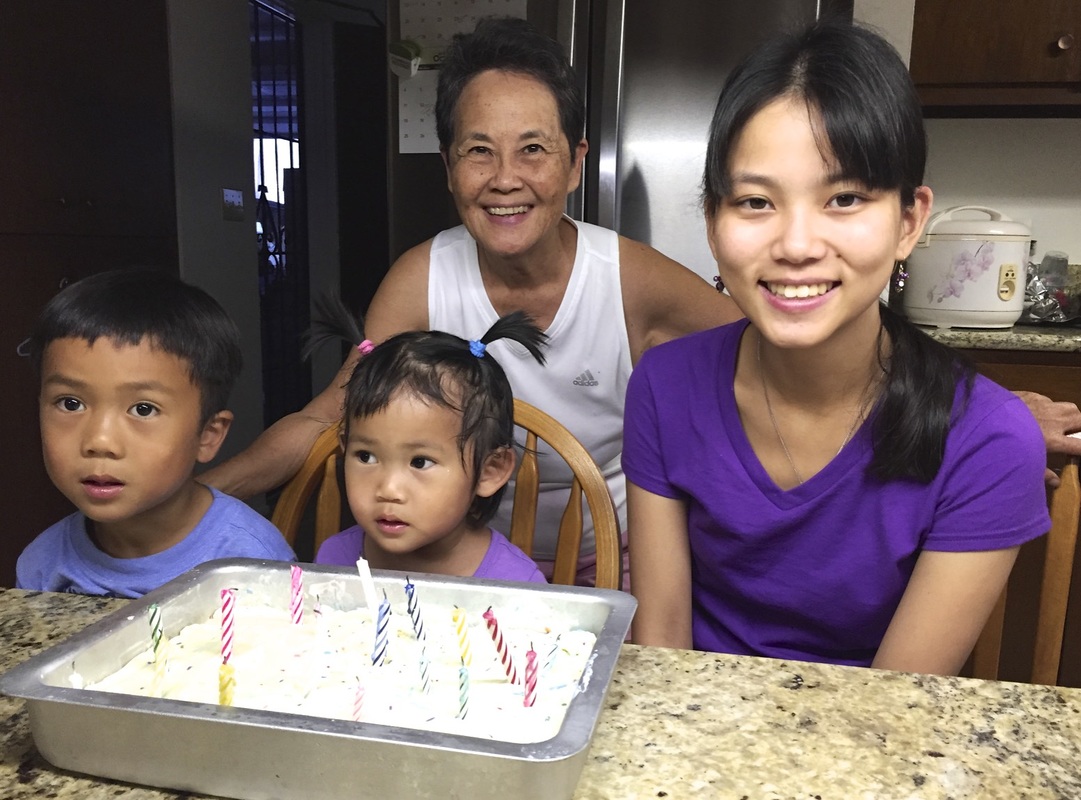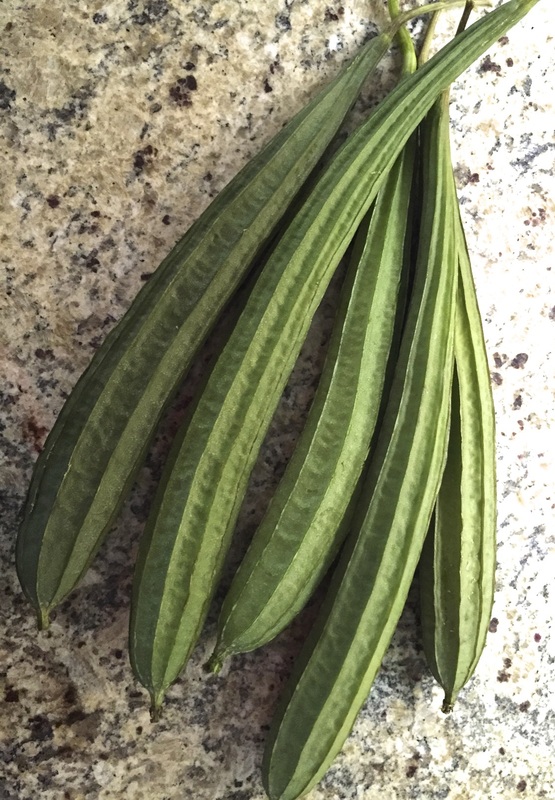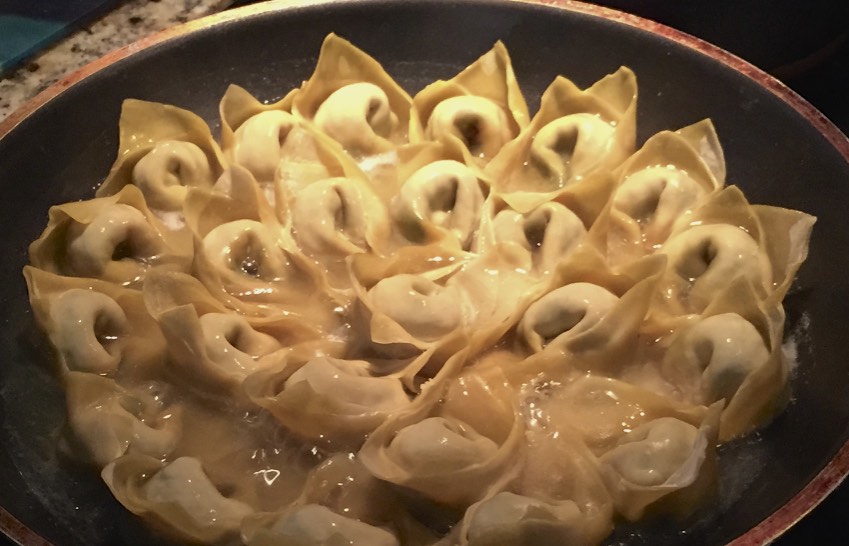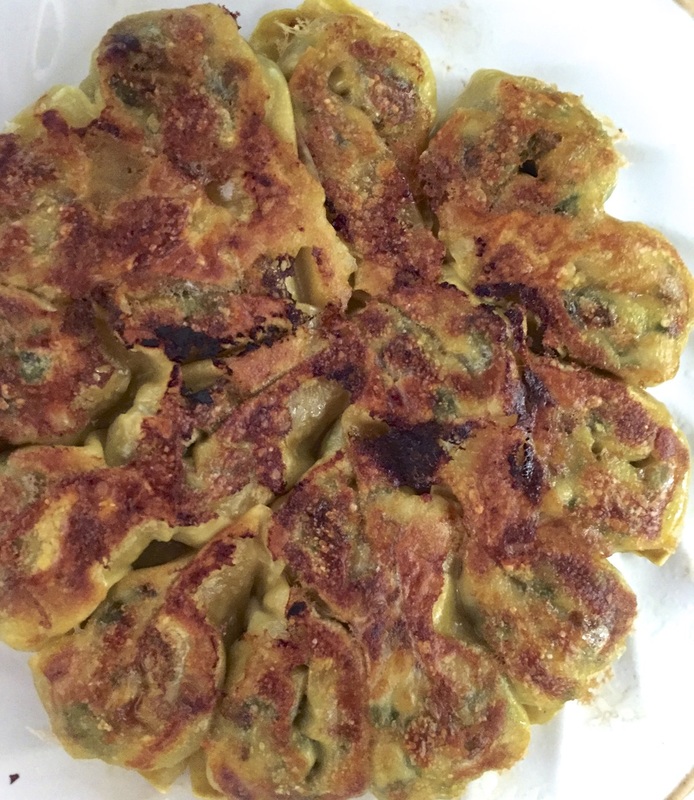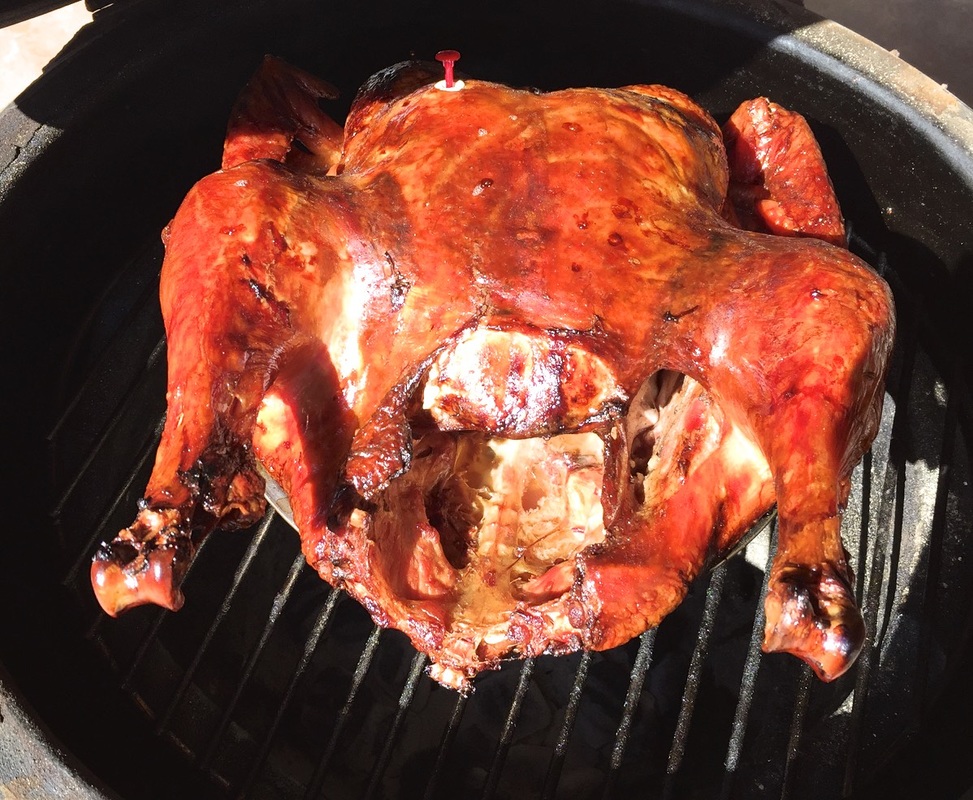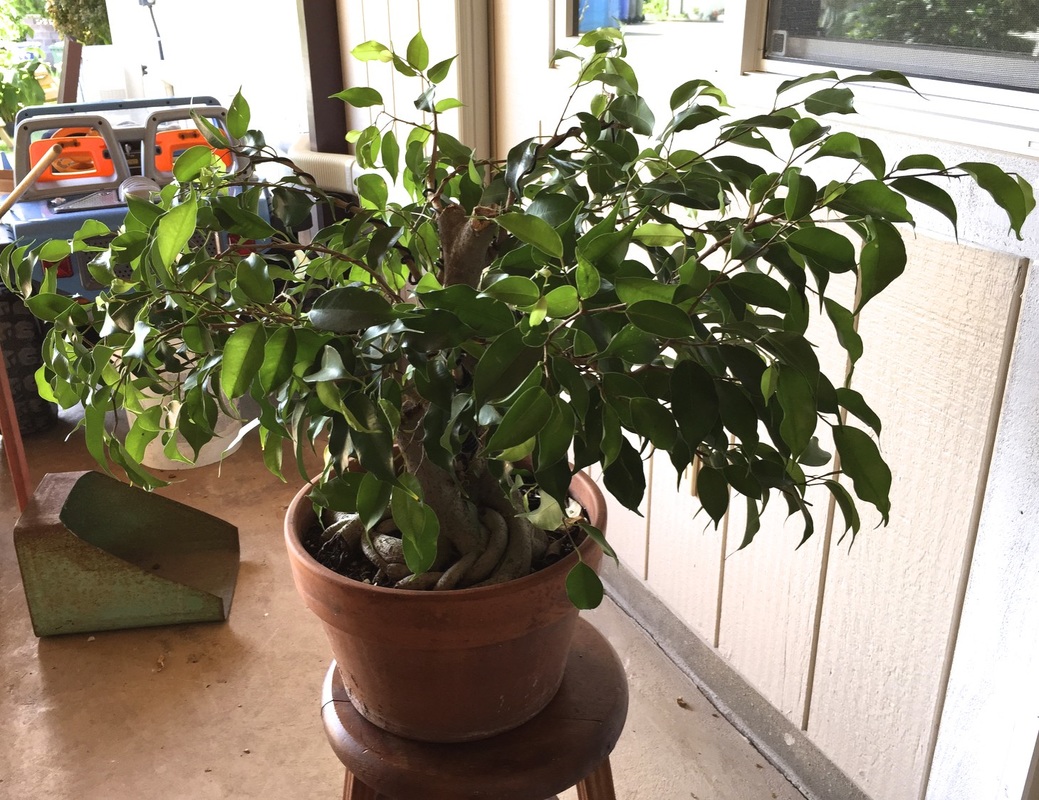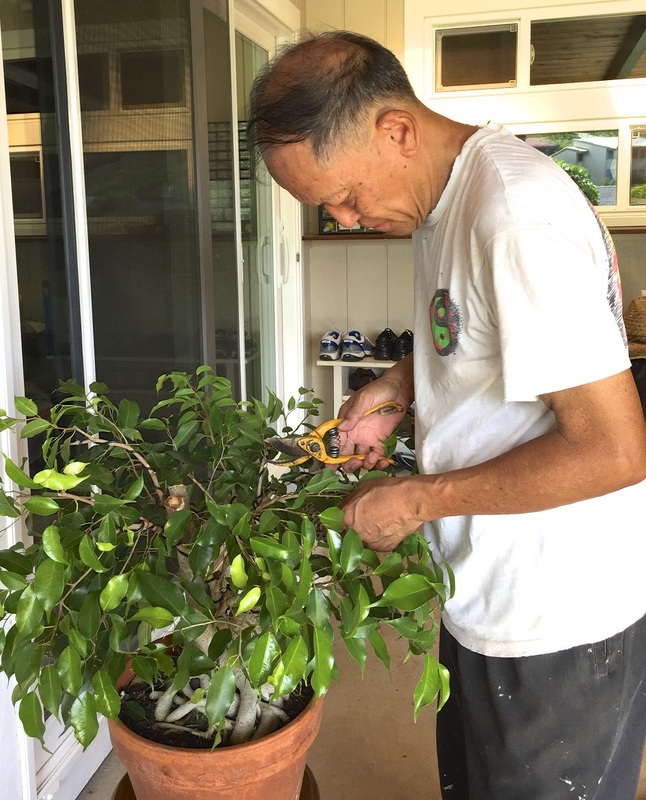everydaytaichi is refreshing, sunny and golden like the abundance of our star fruit in Hawaii9/30/2015
0 Comments
New Tai Chi Classes at Kilauea District Park, Honolulu, Hawaii by everydaytaichi by lucy chun9/18/2015 everydaytaichi classes at Kilauea District Park in East Honolulu brought out an enthusiastic group of people all eager to better their balance, decrease stress, and keep healthy. Here are our online videos from our three classes held on Monday 5:30PM, Thursday 9AM and 10AM. everydaytaichi lucy and ken teach Yang style tai chi to numerous students, all who want to keep active in both body and mind. Mayo Clinic Healthy Lifestyle Stress management Tai chi helps reduce stress and anxiety. And it also helps increase flexibility and balance. By Mayo Clinic Staff If you're looking for a way to reduce stress, consider tai chi (TIE-CHEE). Originally developed for self-defense, tai chi has evolved into a graceful form of exercise that's now used for stress reduction and a variety of other health conditions. Often described as meditation in motion, tai chi promotes serenity through gentle, flowing movements. Tai chi is an ancient Chinese tradition that, today, is practiced as a graceful form of exercise. It involves a series of movements performed in a slow, focused manner and accompanied by deep breathing. Tai chi, also called tai chi chuan, is a noncompetitive, self-paced system of gentle physical exercise and stretching. Each posture flows into the next without pause, ensuring that your body is in constant motion. Tai chi has many different styles. Each style may subtly emphasize various tai chi principles and methods. There are variations within each style. Some styles may focus on health maintenance, while others focus on the martial arts aspect of tai chi. Tai chi is different from yoga, another type of meditative movement. Yoga includes various physical postures and breathing techniques, along with meditation. Tai chi is low impact and puts minimal stress on muscles and joints, making it generally safe for all ages and fitness levels. In fact, because tai chi is a low impact exercise, it may be especially suitable if you're an older adult who otherwise may not exercise. You may also find tai chi appealing because it's inexpensive and requires no special equipment. You can do tai chi anywhere, including indoors or outside. And you can do tai chi alone or in a group class. Although tai chi is generally safe, women who are pregnant or people with joint problems, back pain, fractures, severe osteoporosis or a hernia should consult their health care provider before trying tai chi. Modification or avoidance of certain postures may be recommended. When learned correctly and performed regularly, tai chi can be a positive part of an overall approach to improving your health. The benefits of tai chi may include: Decreased stress, anxiety and depression Improved mood Improved aerobic capacity Increased energy and stamina Improved flexibility, balance and agility Improved muscle strength and definition More research is needed to determine the health benefits of tai chi. Some evidence indicates that tai chi also may help: Enhance quality of sleep Enhance the immune system Help lower blood pressure Improve joint pain Improve symptoms of congestive heart failure Improve overall well-being Reduce risk of falls in older adults Although you can rent or buy videos and books about tai chi, consider seeking guidance from a qualified tai chi instructor to gain the full benefits and learn proper techniques. You can find tai chi classes in many communities today. To find a class near you, contact local fitness centers, health clubs and senior centers. Tai chi instructors don't have to be licensed or attend a standard training program. It's a good idea to ask about an instructor's training and experience, and get recommendations if possible. A tai chi instructor can teach you specific positions and breathing techniques. An instructor can also teach you how to practice tai chi safely, especially if you have injuries, chronic conditions, or balance or coordination problems. Although tai chi is slow and gentle, and generally doesn't have negative side effects, it may be possible to get injured if you don't use the proper techniques. After learning tai chi, you may eventually feel confident enough to do tai chi on your own. But if you enjoy the social aspects of a class, consider continuing with group tai chi classes. While you may gain some benefit from a tai chi class that lasts 12 weeks or less, you may enjoy greater benefits if you continue tai chi for the long term and become more skilled. You may find it helpful to practice tai chi in the same place and at the same time every day to develop a routine. But if your schedule is erratic, do tai chi whenever you have a few minutes. You can even practice the soothing mind-body concepts of tai chi without performing the actual movements when you are in a stressful situation, such as a traffic jam or a tense work meeting, for instance. What are the benefits of tai chi?
In China, it is believed that tai chi can delay aging and prolong life, increase flexibility, strengthen muscles and tendons, and aid in the treatment of heart disease, high blood pressure, arthritis, digestive disorders, skin diseases, depression, cancer, and many other illnesses. Unfortunately, there hasn't been a good deal of scientific evidence to support these claims. In a special study of tai chi called a meta-analysis, where many studies on one subject are reviewed, the author concludes that although there is some evidence to support the positive effects of tai chi on health, fitness, and balance, many of the studies are limited by small numbers of subjects and wide variation in the type and duration of tai chi used. Bearing these limitations in mind, here are some of the documented benefits. Balance and fall prevention Most of the research on tai chi has been done in older individuals in the area of balance and fall prevention. This area of research is important because fall-related injuries are the leading cause of death from injury and disability among older adults. One of the most serious fall injuries is hip fracture; one-half of all older adults hospitalized for hip fracture never regain their former level of function. Because tai chi movements are slow and deliberate with shifts of body weight from one leg to the other in coordination with upper body movements (sometimes with one leg in the air), it challenges balance and many have long assumed it helps improve balance and reduce fall frequency. This assumption has been credited and strongly supported by some research. One study compared men age 65 and older who had more than 10 years of experience practicing tai chi and no involvement in any other regular sports and physical activity, with similar-aged men who had not practiced tai chi or any other physical activities (they were sedentary). It was found that the men who studied tai chi performed better on tests of balance, flexibility, and cardiovascular function. In another study involving 22 men and women aged 22 to 76 years with mild balance disorders, it was found that eight weeks of tai chi training significantly improved function on a standard balance test (called the Romberg test). Fear of falling and improvement in self-confidence In an interesting twist on studies of falling, researchers found that the frequency of fear of falling was reduced from 56% to 31% in a large group of adults 70 years and older who practiced tai chi regularly. Confidence about not falling, and self-confidence in general, may be an unintended benefit of tai chi but one that is certainly worth pursuing. In a similar tai chi study of older adults, 54% of the subjects who practiced tai chi attributed their improved sense of confidence to improved balance. The authors concluded that "when mental as well as physical control is perceived to be enhanced, with a generalized sense of improvement in overall well-being, older persons' motivation to continue exercising also increases." Strength and endurance One study looked at adults in their 60s and 70s who practiced tai chi three times a week for 12 weeks (60-minute classes). These adults were given a battery of physical-fitness tests to measure balance, muscular strength and endurance, and flexibility before and after the 12 weeks. After just six weeks, statistically significant improvements were observed in balance, muscular strength, endurance, and flexibility measures. Improvements in each of these areas increased further after 12 weeks. The authors of the study concluded that tai chi is a potent intervention that improved balance, upper- and lower-body muscular strength and endurance, and upper- and lower-body flexibility in older adults. Aerobic capacity Aerobic capacity diminishes as we age, but research on traditional forms of aerobic exercise show that it can improve with regular training. In another meta-analysis study, researchers looked at seven studies focusing on the effects of tai chi on aerobic capacity in adults (average age 55 years). The investigators found that individuals who practiced tai chi for one year (classical yang style with 108 postures) had higher aerobic capacity than sedentary individuals around the same age. The authors state that tai chi may be a form of aerobic exercise. Walking Walking speed decreases with age and research suggests that it may be associated with an increased risk of falling. In one study, however, it was found that individuals who practiced tai chi walked significantly more steps than individuals who did not. Walking has clearly been associated with a decreased risk of cardiovascular disease, diabetes, and other chronic illness, and so if tai chi can improve walking, then it's certainly worth giving it a try. Fibromyalgia Fibromyalgia (FM) is one of the most common musculoskeletal disorders and is associated with high levels of impaired health and painful symptoms that frequently flair up without relief. The cause of FM is unknown, and there is no known cure. In a study of 39 subjects with FM who practiced tai chi twice weekly for six weeks (one-hour classes), it was found that FM symptoms and health-related quality of life improved after the study. This could be good news for many other individuals who suffer from this disorder. Stress The demands of living are stressful for adults of all ages. Although one cannot directly point to studies showing a reduction in stress from practicing tai chi (though in one study subjects who practiced tai chi reported that mental control was one of the benefits), the breathing, movement, and mental concentration required of individuals who practice tai chi may be just the distraction you need from your hectic lifestyle. The mind-body connection is one that deserves special attention, as it has been reported that breathing coordinated with body movement and eye-hand coordination promote calmness. I know that when I practice yoga or tai chi, the inner sense of peace and calm is indisputable, and so I suggest that you give tai chi a chance if you're looking for a creative and physically active way to improve how you mentally and physically respond to stress. Some more reasons to practice tai chi: Movements are low-impact and gentle and put minimal stress on your muscles and joints. The risk of injury is very low. You can do it anywhere, anytime. It requires very little space (no excuses apartment dwellers!) and no special clothing or equipment. You do it at your own pace. It's noncompetitive. It can be done in groups or by yourself (find a tai chi instructor to come to your workplace at lunch hour!). There are lots of movements to keep you interested, and as you become more accomplished you can add those to your routine. Continue Reading Medically Reviewed by a Doctor on 6/3/2015 10 Easy Ways You Can Practice Mindfulness
Posted: 09/02/2015 8:15 am EDT Updated: 09/02/2015 10:59 am EDT Have you ever wondered what it means to live in the present? Aren't we all here, now, in the present? Technically, yes, but for so many of us, we are only 10 percent here. We are really living in our minds. We exist from day-to-day in a dream-like state where we're not really connected to the world around us, nor centered in our own body or being. Instead, we're preoccupied with memories of the past, churning thoughts and worries about the future, and judgments and reactions to the few things we do see. We're literally missing out on most our own lives, which leaves us feeling shallow, empty and deeply unsettled. The great news is you can learn to be more present and mindful. Here are 10 easy ways you can practice mindfulness in your daily life. 1. Eat mindfully. When you scoff down your meal on autopilot while distracted by the television, computer or constant conversation, you miss out on the delicious taste and smell of your food. You're also less likely to feel satisfied and nourished, because you 'missed out' on the fact that you ate. It can be helpful to remember this phrase: When you eat, eat. When you drink, drink. In other words, don't attempt to do fifty other things when you sit down to a meal, coffee or green juice. Simply focus all of your attention on what is in front of you. 2. Walk mindfully. Take a beautiful tip from spiritual leader Thich Nhat Hanh and "walk as if you are kissing the earth with your feet." In others words, when you are out and about, pay attention occasionally to the movement of your body and your surroundings. Notice as your feet connect with and leave the ground. Feel your muscles moving and supporting you. Observe what is going on around you -- the sights, sounds and life unfolding. You may be amazed to find a whole new world you hadn't even noticed before. 3. Observe your breathing. As Echkart Tolle once said, a single breath in and out is a meditation. Your breathing occurs naturally and rhythmically. When you pay attention to it, it takes you out of your mind and into your body. You momentarily free yourself from your churning thoughts, worries and fears, and you remind yourself of who you really are -- your inner spirit, not your thoughts. 4. Connect with your senses. Your senses -- touch, smell, taste, sound and sight -- are your gateway into the present moment. But when you are lost in thought, you don't experience what your senses are picking up. Pause to soak up the beautiful aroma of your coffee. The salty ocean air. The beauty and diversity of flowers in your neighbourhood. The mouth-watering waft of wood-fire pizza coming from your local Italian restaurant as you pass it. Notice how your clothing feels against your body. The soft clean bed sheets on your skin in the morning. The comforting warmth of your lover's kiss. The grass under your feet. The sensation of water and suds on your hands as you do the washing up. Put love and attention into the simple tasks of your day, and you will be amazed how much joy and peace they can bring you. 5. Pause between action. Pause and listen to the sound of the phone ringing before answering it. Pause and feel the weight of your body in your chair before beginning your work for the day. Pause and feel the door handle of your home before you open it at the end of the day. Putting mini pauses between actions in your day can ground you in your inner being, clear your mind, and provide you with fresh energy for the new task ahead. Think of it like putting energetic bookends at the start and end of each activity. 6. Listen wholeheartedly. Most of us never truly listen to people when they are speaking to us, because we're too busy planning what to say next, judging what they are saying, or getting lost in daydreams altogether. Next time you're in a conversation, make it your goal to fully listen to what the other person is saying to you, without getting lost in your thoughts. Trust that you will intuitvely know the right thing to say next when it's your turn to speak. 7. Get lost in the flow of doing things you love. We all have certain activities we love doing -- they connect us with our inner spirit and bring us fully alive. For you it could be cooking, dancing, singing, gardening, writing, painting, bushwalking, swimming or building Ikea furniture. We love doing these things so much that we often lose ourselves in them. That is, we lose our smaller self -- our churning thoughts and worries - because we are pouring all of our love and attention into the present moment. Incorporate more flow activities in your weekly routine, and your happiness will skyrocket. 8. Mediate daily. There's no getting around it -- meditation has huge benefits and increases your levels of energy, happiness, inspiration and inner peace. It doesn't have to take long. Even 10 minutes a day can have a positive impact on your life. It will also strengthen your mindfulness muscles, so you'll find it much easier to become present throughout the day. 9. Travel or mix up your routine. There's more than one reason you feel amazing on holidays. When you're in a new place, you automatically become more present and mindful -- simply because there are so many new sights, sounds and smells to soak up. Your senses take over for a short while and it frees you from your mind. No travel plans? That's fine. Mix up your routine -- it will have the same effect. Take a different route, stop at a new coffee shop, visit a new place locally or try something you've done done before like paddle boarding, cooking a new recipe or writing calligraphy. 10. Observe your thoughts and emotions. You are not your thoughts -- you are the observer of your thoughts. The fact that you can listen to them shows that they are not you. You are something higher and separate. By simply becoming aware of your thoughts and non-judgmentally observing them as they come and go -- like clouds passing in the sky -- you are being more present. You are not getting caught up in your thoughts and forgetting that they are not you. As you observe, resist the temptation to get carried away by a particular thought down a tunnel into the past or future. Picture your thoughts like trains at the station - you're on the platform watching them come and go, but you're not going to jump on and go for a ride. Before you leave this article, I encourage you to take a moment to pause, take a deep breath, and sense what it's like to be alive in this very moment. This moment is your life. |
Lucy's BLOG
Archives
October 2020
Copyright 2009 vmnproduction |
